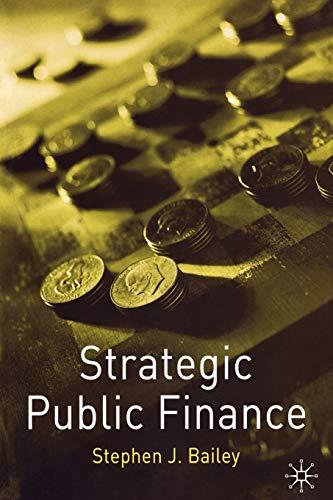Question
which of the following statements are true about the yield to maturity of a bond? Question 1 options: Two bonds are identical, except one has
which of the following statements are true about the yield to maturity of a bond?
Question 1 options:
|
| Two bonds are identical, except one has a yield to maturity of 4% while the other has a yield to maturity of 13%. If the bonds don't default and if interest rates remain the same, you could earn higher returns with the 4% bond |
|
| Yield to maturity is defined as the ratio between the coupon payment divided by the price of the bond |
|
| The yield to maturity of a long term bond is very difficult to calculate by hand, the only practical way to compute it is with a calculator |
|
| If you pay less for a bond, the yield to maturity of the bond increases
|
Which of the following statements is (are) true about bond features?
Question 2 options:
|
| the conversion feature is very favorable to investors |
|
| as an investor you would prefer a bond with collateral to one without collateral |
|
| the call feature is very favorable to investors |
|
| At maturity the bond pays Par Value to the holder |
Which of the following statements are (is) true about bonds?
In all examples we are assuming that the bond has a par value of $1,000 and a coupon rate of 5%. The bond will mature in 13 years.
Question 3 options:
|
| A bond that sells at a deep discount tends to appreciate over time, provided that interest rates remain constant |
|
| If the yield of this bond is 5%, then it must be a par bond |
|
| Suppose the the bond is selling for $1,098. This makes the bond a premium bond |
|
| Suppose the the bond is selling for $980. This makes the bond a premium bond |
|
| If the yield of this bond is 10%, then it must be a premium bond |
Which of the following are (is) true about bonds?
Question 4 options:
|
| Everything else held constant, a bond with a higher coupon rate would be worth more than one with a lower coupon |
|
| If interest rates were to increase, the value of the bond would also increase |
|
| Every time interest rates change, the coupon payments of bonds change |
|
| Two bonds have the same coupon rate and par, however, one matures in one year and the other in 30 years. If interest rates increase, the long term bond will experience the highest change in price |
Step by Step Solution
There are 3 Steps involved in it
Step: 1

Get Instant Access to Expert-Tailored Solutions
See step-by-step solutions with expert insights and AI powered tools for academic success
Step: 2

Step: 3

Ace Your Homework with AI
Get the answers you need in no time with our AI-driven, step-by-step assistance
Get Started


